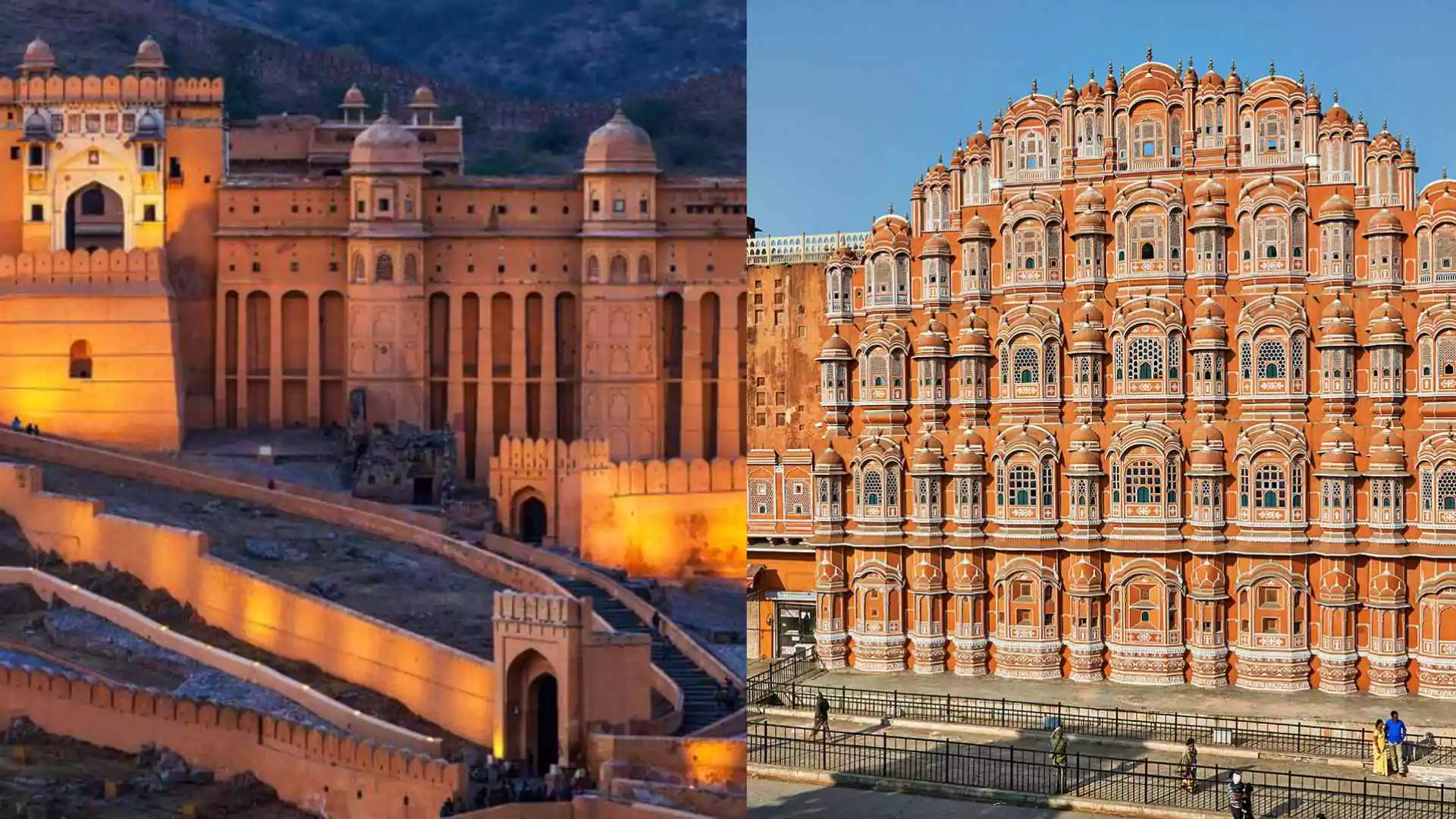In a move aimed at boosting liquidity and supporting economic growth, Reserve Bank of India (RBI) Governor Shaktikanta Das announced a 50 basis point reduction in the Cash Reserve Ratio (CRR) on December 6, 2024. The CRR cut, which will be implemented in two phases—on December 14 and December 28—is expected to inject Rs 1.16 trillion into the banking system.
This marks the first CRR cut in over 4.5 years, signaling the RBI’s intent to ease monetary policy without changing the repo rate, which remains steady at 6.5% for the 11th consecutive time. Let’s break down what these moves mean for the economy, banks, and you.
What is the Cash Reserve Ratio (CRR)?
The Cash Reserve Ratio is a crucial monetary policy tool that mandates commercial banks to keep a specific percentage of their deposits as liquid reserves with the RBI. Currently, banks are required to maintain 4.5% of their Net Demand and Time Liabilities (NDTL) with the RBI. This means that for every Rs 100 deposited, banks must park Rs 4.50 with the central bank.
The CRR helps manage liquidity in the banking system, ensuring that banks have enough cash on hand to meet customer withdrawals and maintain overall financial stability. By adjusting the CRR, the RBI influences the amount of money banks have available to lend, which directly impacts economic growth and inflation control.
What Does the CRR Cut Mean for Banks and Customers?
The RBI’s decision to reduce the CRR by 50 basis points will release a liquidity boost of Rs 1.16 trillion into the banking system. This additional liquidity can help banks offer more loans, making it easier for individuals and businesses to access credit, potentially driving economic activity.
Given the current tight liquidity conditions and slowing GDP growth (which dropped to 5.4% in the July-September quarter of 2024), the RBI’s CRR reduction is designed to support economic recovery and ensure banks have sufficient capital to lend. While this move does not directly change the repo rate—the rate at which banks borrow from the RBI—it is a sign of the central bank’s commitment to stimulating growth while maintaining stability.
How Will the CRR Cut Impact You?
For customers, the CRR cut can have a positive impact. With more money available in the banking system, banks could potentially lower interest rates on loans, making it cheaper to borrow for home purchases, car loans, and business expansions. If banks increase lending, it could also spur growth in sectors that are currently struggling due to limited credit access.
Additionally, as banks gain access to more liquidity, there could be a reduction in the pressure on interest rates in the economy, benefiting borrowers across various sectors.
Despite the CRR cut, the RBI kept the policy repo rate unchanged at 6.5%, marking the 11th consecutive meeting in which the central bank has opted to maintain this rate. This decision was made by a 4:2 majority within the Monetary Policy Committee (MPC). While the RBI continues to monitor economic conditions closely, this steady stance on the repo rate reflects its commitment to balancing inflation control with growth support.
MUST READ: RBI Has Found A(I) Way Of Handling Frauds And Mule Accounts























